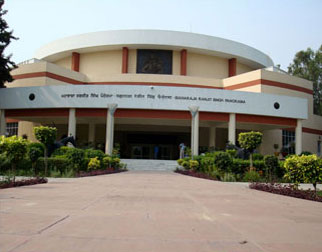GOLDEN TEMPLE

“Amritsar is one of Punjab’s principal cities, dating back in history over 400 years. It is known more for the world famous Golden Temple, the seat of Sikh religion.”
Situated on the north-western border of India, the city is also gateway for the travelers on the overland route through Pakistan. The Wagah border, which is the check-post is about 29 kms away. Amritsar literally means “the pool of nectar”, the name derived from a pool constructed at the sacred site in the 16th century.
SHAHID GANJ SAHIB
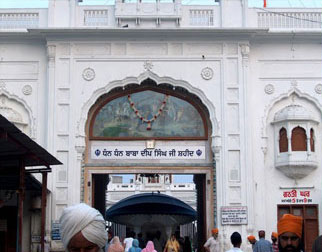
GURUDWARA SHRI BABA DEEP SINGH JI SHAHEED is situated in the prikarma of GURUDWARA SHRI HARIMANDIR SAHIB AMRITSAR. BABA DEEP SINGH JI was the leader of the famous ” Shaheedan Di Missel ” among the 12 missels. Apart from getting the GURU GRANTH SAHIB’S saroop written, he also actively participated in all the major battles that took place in the 18th century. In the year 1757 when BABA DEEP SINGH JI got the news that Taimurshah & Jahan Khan have shown disrespect for SHRI DARBAR SAHIB and also started filling the holy sarovar, even though BABA JI was in old age he carried a 18 ser heavy Khanda in his hand to free SHRI DARBAR SAHIB.
GOINDWAL SAHIB
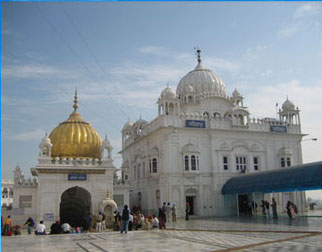
Goindwal Sahib, is located in Taran Taran district in the state of Punjab in India about 23 km from Tarn Taran Sahib. In the 16th century it became an important center for the Sikh religion during the Guruship of the Guru Amar Das. Goindwal is on the banks of the river Beas and is one of the focal points of small scale industries of Tarn Taran district.
Guru Amar Das (the third Guru or the third Nanak) stayed in Goindwal for 33 years where he established a new centre for preaching Sikhism. A Baoli (stepwell), paved with 84 steps was constructed there. Some devout believe that by reciting Japji Sahib, the divine Word revealed to Guru Nanak Dev at each of the 84 steps after taking a bath in the Baoli provides Moksha, liberation from 84,00,000 cycles of life of this world and unity with God (mukhti). Goindval is where Guru Amar Das met Guru Ram Das, the next Guru. Guru Arjan Dev was also born there on 15 April 1563. It is called axis of Sikhism as it was the first center of Sikhism.
JALLIANWALA BAGH
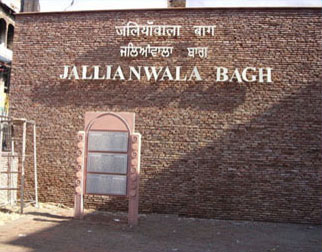
RAM TIRATH
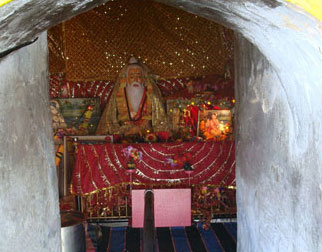
DURGIANA TEMPLE (LAKSHMI NARAIN TEMPLE)
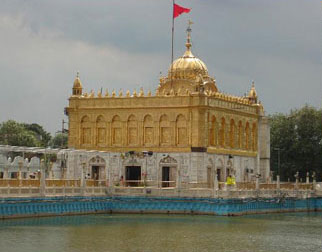
WAGHA BORDER
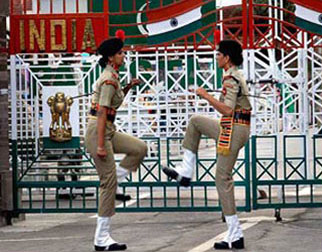
“Wagah (or Wagha) is a border town straddling the line between Pakistan and India, 27 km from Amritsar(India). This is the only crossing point between Pakistan and India that is regularly open to foreigners.”
There is daily flag raising and lowering ceremony at Wagah Border, done with fascinating pomp and ceremony that involves lots of tall soldiers in massive turbans goose-stepping about and slamming gates. Both the Indian and Pakistani border forces do this and it has become a tradition for people from both sides gather and see this. Both sides synchronize their parade and the entire event is meant to create a feel-good/patriotic fervour amongst the crowd. It is called the beating retreat ceremony.
MAHARAJA RANJIT SINGH PANOROMA
